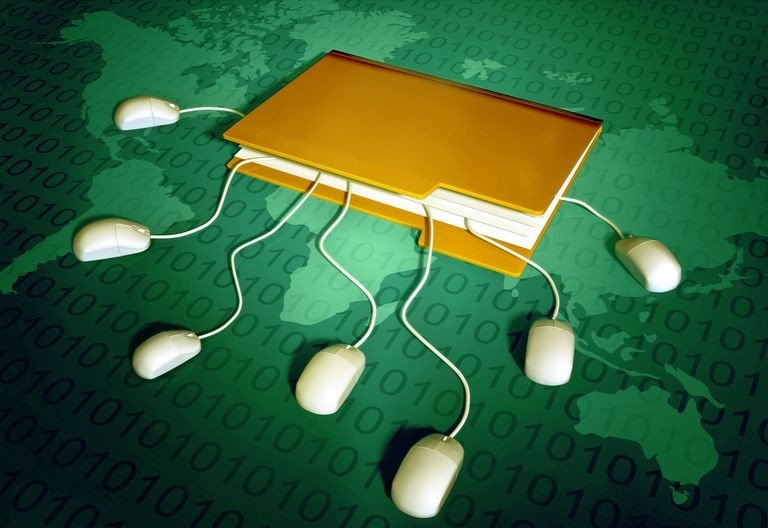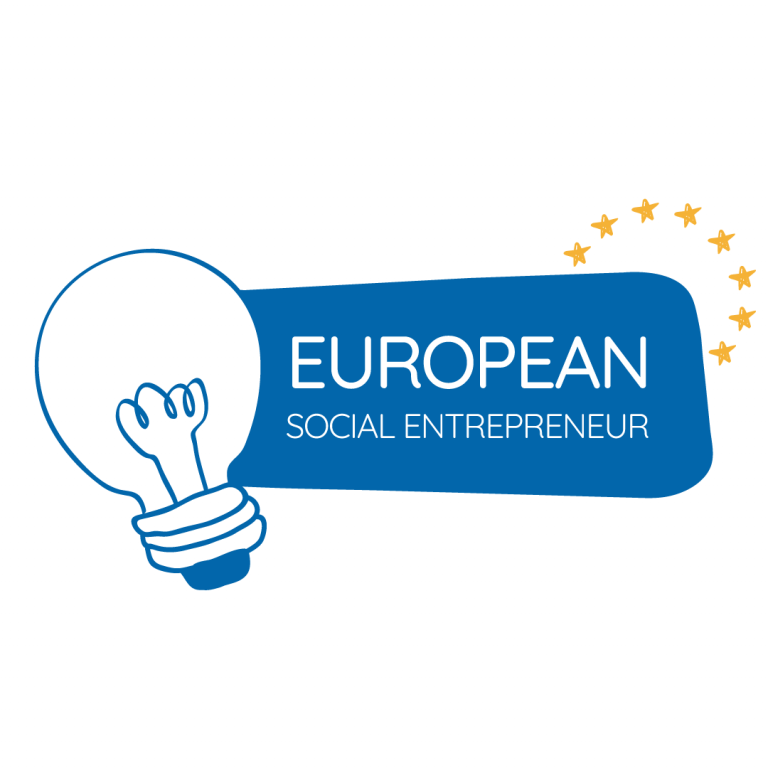Clariti App for Smart Multitasking
Clariti is an individual productivity tool that combines different channels of communications – Email, Chat, Document Storage, and Social Media. The tool provides automatic indexing (called ‘Threads’) for all communications that are taking place inside the system. Without threads, information is spread all over the system and it becomes extremely complicated and stressful when it comes to retrieval and reporting. In Clariti, all the “connected” communication history is displayed in an easy-to-navigate “overlay” view, which acts as a table of content for easy navigation.
Clariti handles information storage and retrieval by automatically tagging every communication that is taking place within the tool. When we try to manually tag the files, folders, emails, chat transcripts etc through a third-party tool, there are chances for more errors. The files can go into wrong folders and it may become difficult to locate the right folder when we have hundreds of folders.
In Clariti, all your communications get stored automatically, without you having to make any extra effort. When you get an email from your colleague or client in your Outlook, you can only choose to reply or forward the mail to others. You cannot use Outlook for chatting as it is only a mail management system. In Clariti, when you receive an email, you can immediately start chatting from the email and the recipient can understand the context that you are talking about – without you having to forward the email! Later, both the email and chat transcripts will be saved automatically in a thread.
Alternatively, the user can initiate a group chat with the same subject line instead of sending an email. This powerful feature prevents multiple emails. You can combine any number of items like email, chat, files, social feeds under one single related Thread. So, each context becomes a separate Thread. When you click a particular Thread, all information pertaining to that ‘work thread’ will be displayed in one single view. There is no need to refer to multiple applications to gather all information related to one particular context.
By simplifying the ability to search, retrieve, process and archive documents, Clariti makes you more organized, agile and productive. Our ultimate goal is to make any information available to the user in less than 10 seconds. Since 75% of the workforce will be millennial by 2020, they wouldn’t tolerate a tool that lacks quick search features.
Functionality:
-
Email supports multiple email boxes – private and public – with standard functionality: compose, forward, reply, reply all functions.
-
Clarity app allows to send direct, private one-to-one messages, create subject-based chats with unlimited participants and reach them through email. Additionally sharing of desktop and cloud storage files is enabled. Different modes for chat messages
-
To-DOs allow to structure tasks to be done, link them to the calendar, email, chats and social feeds. Setting allow to set alerts with snooze.
-
Calendar with scheduled events and ToDos.
-
OrbitChat – fully secure feature that allows chatting with anyone with an email address, even those outside the company. Recipients will not be required to have Clariti account.
-
Threads connect emails, chats and To-Dos on the same subject as a topic-based Thread, which maintains chronological order, can be renamed or restructured.
-
Storage Integrations can be done with Dropbox, G Drive, OneDrive, Box, pCloud, Mega and others.
-
Feeds include social media integration and hubs for 3rd party integrations. Additionally, project management platforms’ as Trello, Basecamp and Asana integrations are planned soon.
-
Built-in Document Folder ensures storage of unlimited size, smart versioning, automatic backup and global data access.
-
Search allows system-wide search, preserves context and saves searches.
Check more of Clarity and try it for free here: clariti.app
This publication has been prepared within INDIGISE project. The content of this publication is the sole responsibility of the project coordinator and may not always reflect the views of the European Commission or the National Agency.












